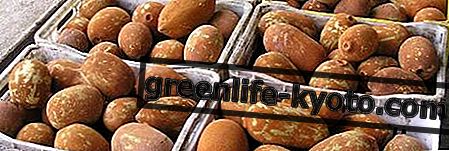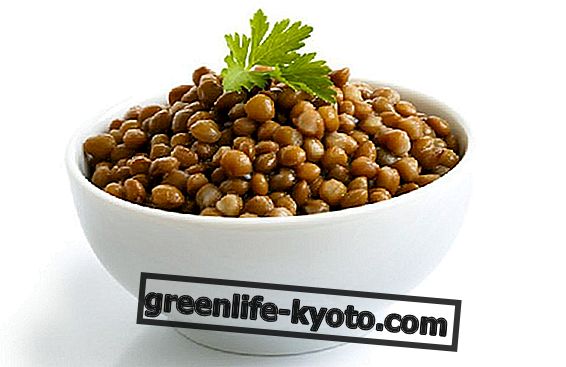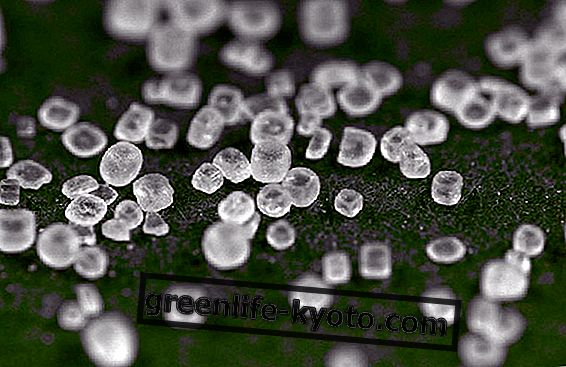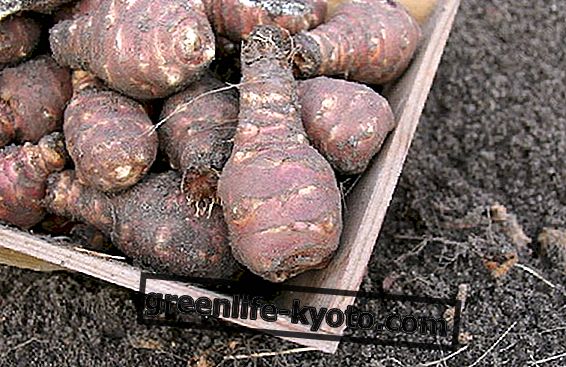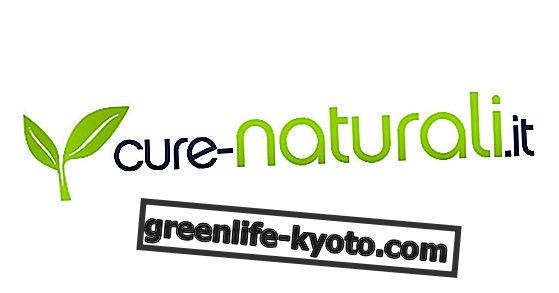
Mace is also known as the nutmeg or mace flower . In practice it is a spice obtained from the external part of the seed of the fruit of the Myristica fragrans plant.
The mace belongs to the family of mirtaceae and this plant is native to Indonesia and grows very well in all tropical climates in Sri Lanka, China, India and the Philippines.
In oriental and in particular Indian cuisine mace is very famous and used mainly in traditional recipes and we cannot remember the famous spice mix called curry.
The mace is therefore the spice that is obtained from the outer part of the mace plant's seed and has a bright red color when it is just harvested and after drying it turns orange.
The mace is an evergreen tree that grows over 20 meters high and has oval dark green leaves with dark gray bark.
Flowering occurs in trees that are over 15 years of age and the flowers are yellow, which then give rise to the fruit that contains the outer part of the seed that is used as a spice. The taste of mace is delicate and its aroma is sweet and intense.
Mace composition
The mace being dried contains little water around 8% and then has a good part of 38% starches, 6% proteins, 26% lipids including essential fatty acids and a lot of fiber over 20%.
In addition, the mace contains many mineral salts including calcium, iron, potassium, sodium, magnesium, manganese, selenium, phosphorus, copper and zinc . This makes it an excellent natural supplement of natural salts.
Mace also has a good supply of vitamins and in particular is rich in vitamins A, C, E and many from group B (B1, B2, B6).
In addition to nutrients, the mace also contains many active ingredients such as phenols and essential oils such as myristicin, safrole, pinene and sabinene.
Benefits for the nervous system
Mace since ancient times is used in traditional oriental medicine especially in Chinese medicine and Indian ayurvedic medicine. Its main use is aimed at helping in nervous system problems having efficacy also against depression and anxiety of stressful origin.
In fact, the mace is a relaxant of the nervous system and is used precisely to rebalance the state of mind when we feel tired, stressed and our mind begins to give us thoughts that throw us down towards depression or states of worry and anxiety.
Inside the mace phytocomplex there are also substances such as elimycin and myristicin which act as brain stimulants, thus helping the total balance of our body. Mace is excellent against mental fatigue as well as to combat stress on a more general level.
Anti-inflammatory and analgesic properties of mace
The mace contains substances such as eugenol which have an active effect on the cascade reactions of inflammation in fact they act by inhibiting the synthesis of prostaglandins and therefore have an effect on the mediators of inflammation and pain.
The anti-inflammatory properties of mace are also indicated in the treatment of pains such as arthritis and rheumatism as well as for other types of localized pain.
Even headaches can be treated naturally with mace as well as toothache always thanks to the calming action of pain by eugenol. The mace is even inserted in some recipes of natural toothpaste with an excellent action for the health of the teeth and the treatment of halitosis.
The essential oil extracted from the mace is also indicated for the treatment of joint and muscle pain thanks to its sedavite and analgesic properties.
Mace: helps the heart, eyes, lungs and stomach
Mace is also active thanks to its nutrients such as the presence of potassium which is an essential mineral salt for controlling blood pressure and heart rhythm.
Furthermore, the presence of beta-carotene in the phytocomplex gives it a strong antioxidant action that counteracts cellular aging by free radicals.
I beta-carotene is the precursor of vitamin A which is then used to establish good eye and skin health.
The use of essential oil also finds space in the formulations for cough syrups and respiratory problems. Even in case of a cold the use of mace is also indicated as a natural antiseptic, an antibacterial and even an antifungal.
In the ancient herbal medicine, the mace was also used in the treatment of asthma .
Finally, the mace is an excellent spice to help digestion and avoid intestinal gases. Thanks to its carminative action it can be a valuable remedy for flatulence and abdominal bloating.




